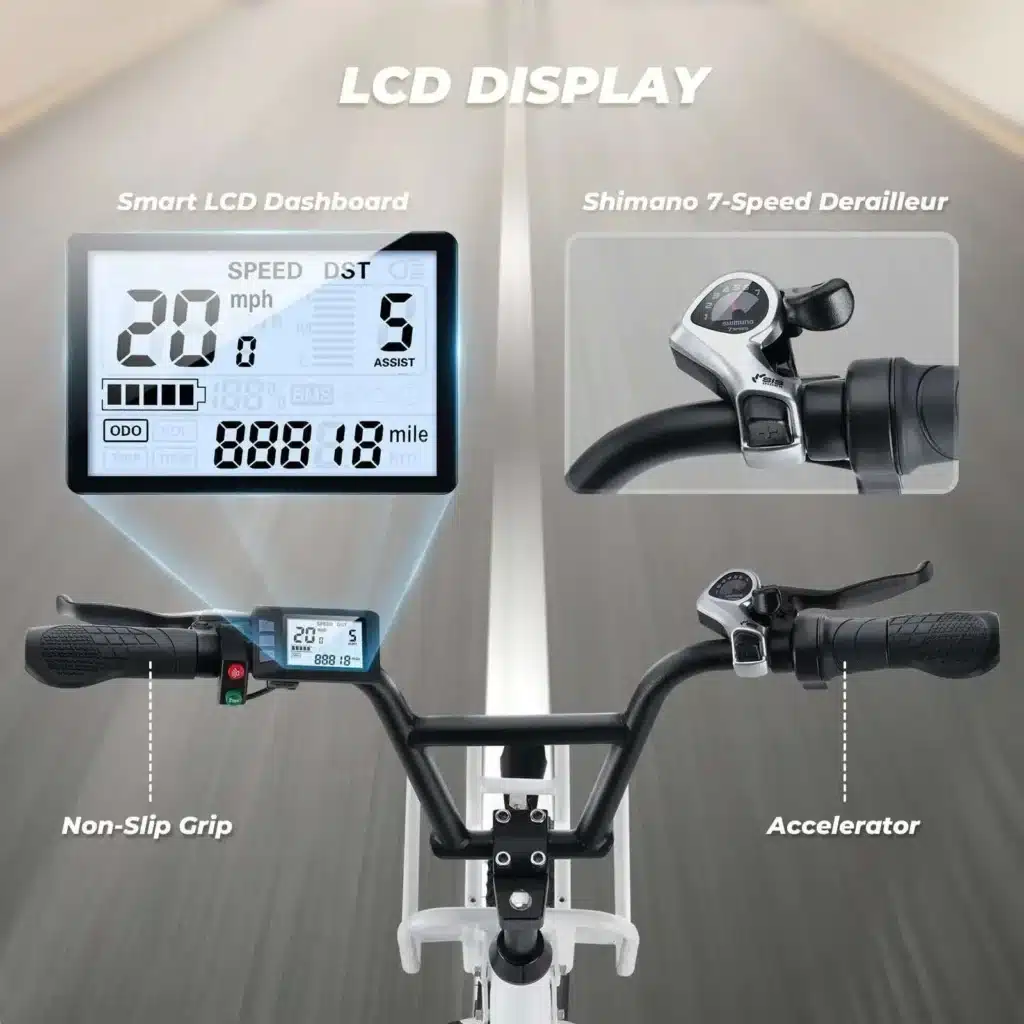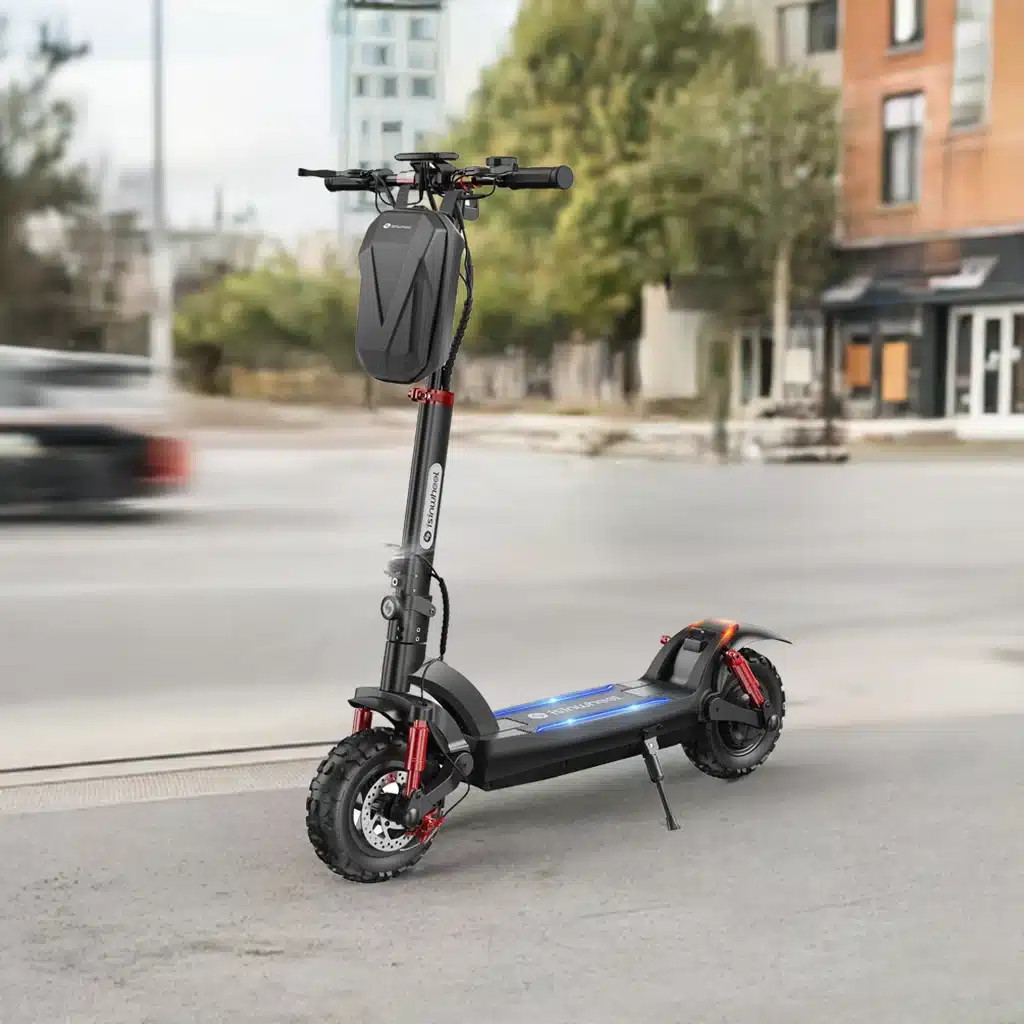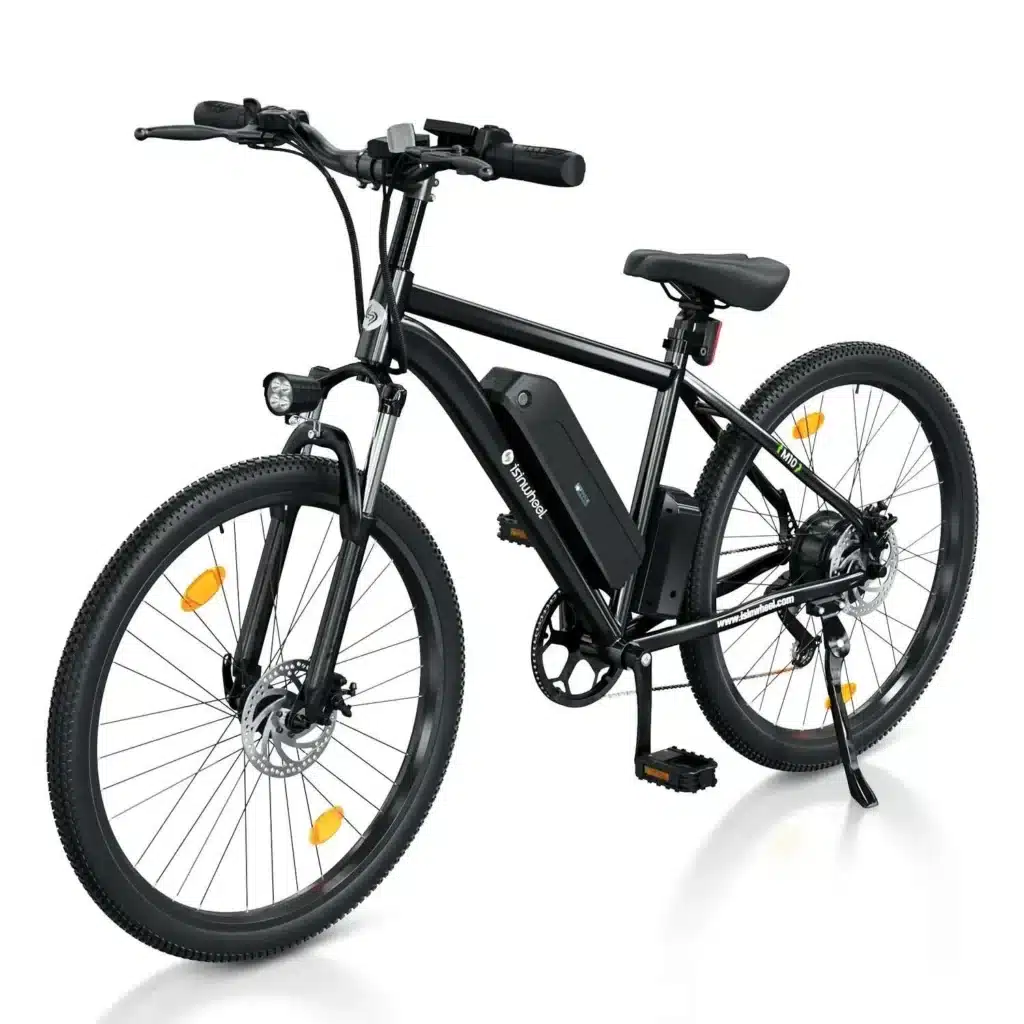
Here’s the reality you’re living: Canadian cities have hit a transportation wall. You lose hours stuck in traffic. Parking fees bleed your bank account dry. Air quality? Getting worse by the quarter. But there’s a shift happening right now across Toronto, Vancouver, and Montreal that demands your attention.
The numbers tell a compelling story. The global Electric Scooter market is projected to grow from USD 4.3 billion in 2024 to USD 12.4 billion by 2030, registering a CAGR of 18.9%. That’s not gradual growth, that’s explosive momentum. And it’s happening because next-gen electric scooters are fundamentally reshaping how you move through cities, offering speed, intelligence, and environmental responsibility that your car simply cannot deliver.
The Evolution of E-Scooters in Canada: From Basic to Next-Generation


The journey of e-scooters Canada reads like a tech startup success story. Those early prototypes? Barely glorified toys. What are we riding now? Sophisticated mobility platforms that genuinely compete with traditional vehicles.
Timeline of Development in Canadian Markets
Remember those 2018-2020 models? Basic battery power, maybe 20 km/h if you were lucky, a range that barely got you across town. They worked. Barely. But 2024 brought us something entirely different. Today’s innovative e-scooters pack AI systems, seamless app connectivity, and batteries pushing past 100 kilometers per charge.
This isn’t an incremental improvement. It’s a complete reinvention. Current models handle Canadian winters, power up steep gradients, and feed you real-time diagnostics straight to your phone.
For urban commuters exploring car alternatives, electric mobility has adapted impressively to varied needs, as demonstrated by isinwheel Electric Bike and comparable manufacturers. Street Rides curates selections emphasizing performance and practicality for Canadian conditions specifically. Their commitment to eco-friendly transportation solutions mirrors a larger societal pivot toward sustainable urban movement.
Regulatory Changes Driving Innovation
Provincial lawmakers have actually shaped product design in meaningful ways. Ontario adjusted speed limits. British Columbia expanded riding zones significantly. Quebec’s pilot programs tested geofencing and automated speed controls near schools, all practical experiments that fed back into e-scooters Canada development.
Regulations didn’t kill innovation. They focused on it. Manufacturers created safer, more intelligent vehicles that respect legal boundaries while still pushing what’s technically possible.
With regulations settled and the Canadian market maturing, the breakthrough comes from speed technologies turning these vehicles into genuine car alternatives.
Speed Technologies Transforming Canadian Commuting


Performance separates yesterday’s models from today’s contenders. Motor engineering and energy storage have completely redefined what urban commuters can expect.
Dual-Motor Performance Systems
Current fast electric scooters in Canada deploy dual-motor setups powering both wheels simultaneously. Acceleration matches many motorcycles while maintaining rock-solid stability across varied terrain. Those old single-motor systems? Topped out around 40 km/h. Dual configurations hit 70+ km/h on private property where legal.
The real test comes on inclines. Toronto’s steep streets, Vancouver’s challenging geography, none of it matters anymore. Dual motors maintain consistent velocity even on 15-degree slopes that would’ve completely stalled older designs.
Battery Innovations Extending Range
Lithium-ion technology made quantum leaps forward. Today’s cells deliver 60-100 kilometers versus the pathetic 20-30 kilometers from three years back. Fast-charging restores 80% capacity under four hours. Overnight charging easily covers your daily needs.
Cold-weather operation improved dramatically. Canadian winters no longer mean storage until the spring thaw. Modern battery management maintains performance down to -15°C, with heated compartments protecting cells during brutal cold snaps.
Smart Speed Control Systems
AI-powered management adjusts performance automatically based on terrain feedback. Climbing hills? The system redirects power. Descending? Regenerative braking engages, harvesting energy while controlling speed safely. Eco, Standard, and Sport modes let you customize the experience, extending battery for marathon trips or unleashing full capability when you need it.
Geofencing automatically throttles speed in designated zones, ensuring municipal compliance without you lifting a finger.
Speed grabs headlines, but the comprehensive smart innovations truly separate next-generation platforms from conventional alternatives.
Smart Innovations in Next-Gen Models


Technology integration defines what makes modern, innovative e-scooters different from basic transportation. These features fundamentally enhance safety, convenience, and your overall experience.
IoT Connectivity and App Integration
Real-time GPS tracking delivers theft protection and location archives. Can’t find your scooter? Check your phone. Mobile integration enables route optimization, firmware updates, and performance diagnostics, everything controlled from your device. Bluetooth syncs with your entire ecosystem, enabling hands-free calls through helmet speakers.
Voice commands manage lighting, speed modes, and navigation without removing hands from handlebars. It’s the seamless integration you expect from modern technology.
Advanced Safety Technologies
Electronic ABS prevents wheel lockup during panic stops, absolutely critical on wet Canadian asphalt. Integrated signals and brake lights increase visibility for drivers unaccustomed to sharing lanes with e-scooters in Canada. Collision detection employs sensors to identify potential hazards, alerting you through handlebar vibrations.
Auto-adjusting LED lighting responds to ambient conditions, maintaining optimal visibility without wasting battery. Puncture-resistant self-healing tires eliminate maintenance headaches and roadside emergencies.
Ergonomic Design for Canadian Climate
Weather resistance ratings of IPX5-IPX7 mean rain won’t fry electrical components. Heated handgrips combat numbness during spring and fall when temperatures hover near freezing. Adjustable suspension adapts to pothole-riddled urban streets or smoother pathways.
All-weather capabilities ensure these aren’t fair-weather toys. They’re legitimate year-round transportation for serious commuters.
Understanding these innovations helps you select the right model for your specific needs and budget realities.
Choosing the Right Model for Your Needs

The number of EVs sold increased by 7,389, or 65.6%, from 11,263 in the year ended March 31, 2023, to 18,652 in the year ended March 31, 2024. This growth reflects genuine consumer confidence in electric mobility.
Assessing Your Commuting Requirements
Distance matters most when choosing fast electric scooters Canada. Commuting under 10 kilometers? Mid-range models with 40-kilometer batteries work fine. Longer journeys demand premium options with 80+ kilometer capacity. Terrain considerations matter equally; flat routes need less motor power than hilly environments.
Portability factors in if you’re combining transit with electric scooter travel Canada. Folding models under 20 kilograms manage well on buses and trains. Heavier performance models suit direct door-to-door commuting better.
Budget Allocation Strategy
Entry-level next-gen models start around $800, delivering solid performance and basic smart features. Mid-range options ($1,200-$1,800) balance advanced technology with reasonable pricing. Premium models exceeding $2,500 maximize performance and features but aren’t necessary for casual riders.
Factor in accessories, quality helmets ($100-$200), reliable locks ($50-$150), and weatherproof storage ($75-$200). These add to the initial investment but dramatically enhance safety and convenience.
Test Riding Before Purchasing
Street Rides and other Canadian retailers provide test rides revealing handling characteristics that specifications cannot convey. Evaluate acceleration response, braking feel, and comfort over actual distances. Inquire about warranty coverage, local service availability, and parts inventory, and support matters when repairs become inevitable.
Informed decisions based on real-world testing prevent buyer’s remorse and ensure your investment matches actual requirements.
Final Thoughts on Canada’s E-Scooter Revolution


The emergence of next-gen electric scooters represents more than tech advancement; it signals a fundamental philosophical shift in urban transportation. Speed innovations, smart connectivity, and practical engineering have elevated these vehicles from novelties to legitimate commuting solutions.
Canadian adoption accelerates as infrastructure improves and models grow more capable. Whether you’re shrinking your carbon footprint, slashing commuting expenses, or simply seeking convenient urban mobility, today’s fast electric scooters in Canada deliver undeniable advantages. The future of Canadian transportation isn’t approaching; it arrived, one electric scooter at a time.
Common Questions About Next-Gen E-Scooters in Canada

What’s the fastest legal speed for e-scooters in Canada?
Most provinces in Canada cap e-scooters at 20-32 km/h on public roads, though specific limits vary municipally. Performance models capable of higher speeds must operate on private property for regulatory compliance.
How do next-gen models perform in Canadian winters?
Modern innovative e-scooters function effectively in temperatures down to -15°C with proper battery management. However, icy conditions remain dangerous regardless of technology; winter storage makes sense during extreme weather.
Are e-scooters cost-effective compared to car ownership?
Absolutely. Electric scooter travel in Canada costs roughly $1.50 daily for charging versus $15+ for gas and parking. Over five years, you save over $12,000 compared to maintaining a vehicle for short urban commutes.
- 0shares
- Facebook0
- Pinterest0
- Twitter0


